Endangered Animals: Let's Get to Know Them and Help Them!
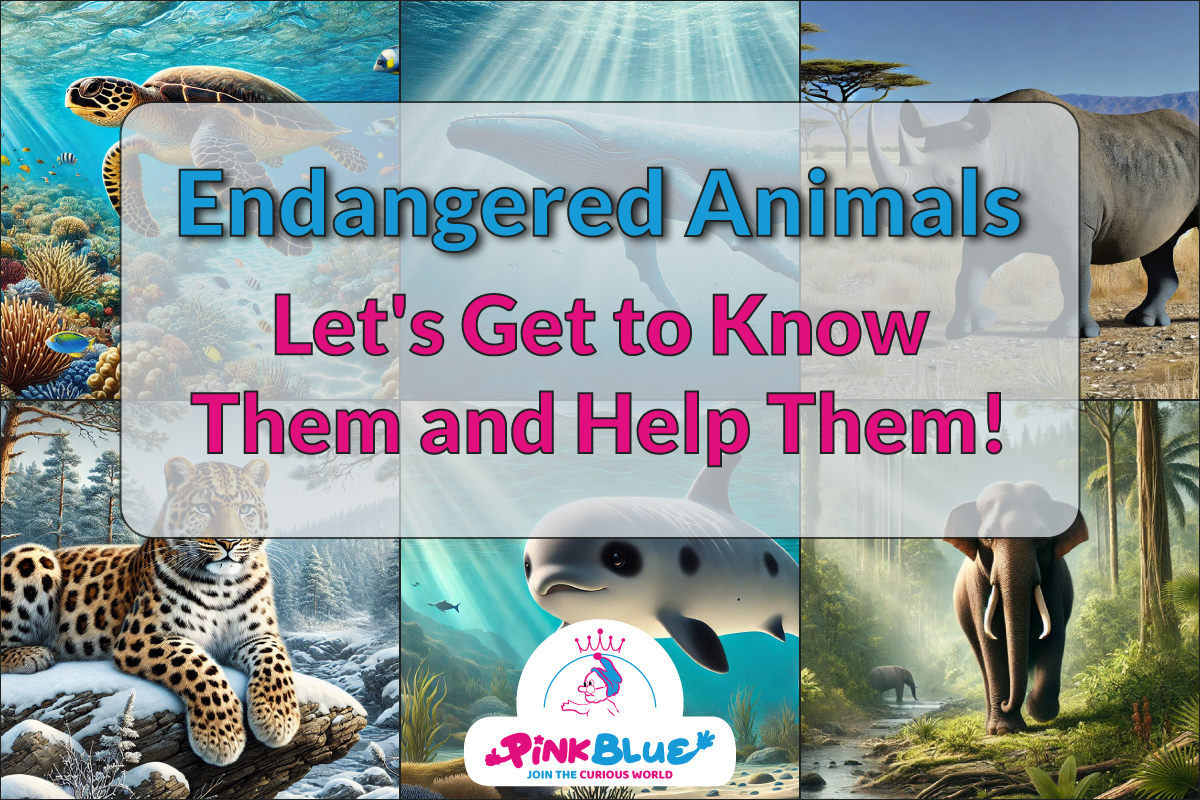

Amur Leopard
Black Rhino
Sumatran Orangutan
Mountain Gorilla
Hawksbill Turtle
Javan Rhinoceros
Vaquita
Sumatran Elephant
Snow Leopard
Blue Whale
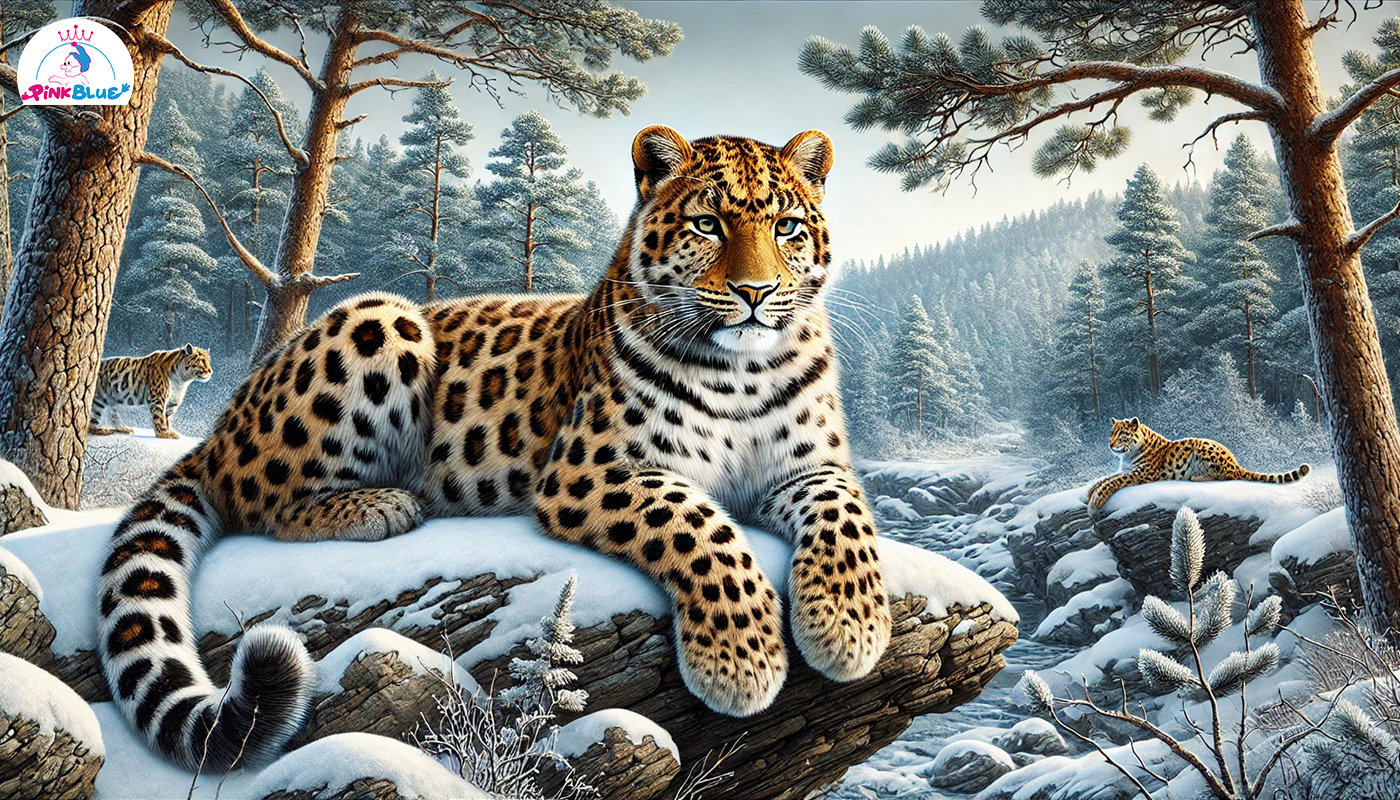
Native to the temperate forests of northeastern China and the Russian Far East, the Amur Leopard is one of the most endangered big cats in the world. Its estimated wild population is less than 100 individuals, and its decline in habitat and conflicts with other species pose serious dangers. To stop it from going extinct, conservation initiatives concentrate on habitat protection and anti-poaching methods.
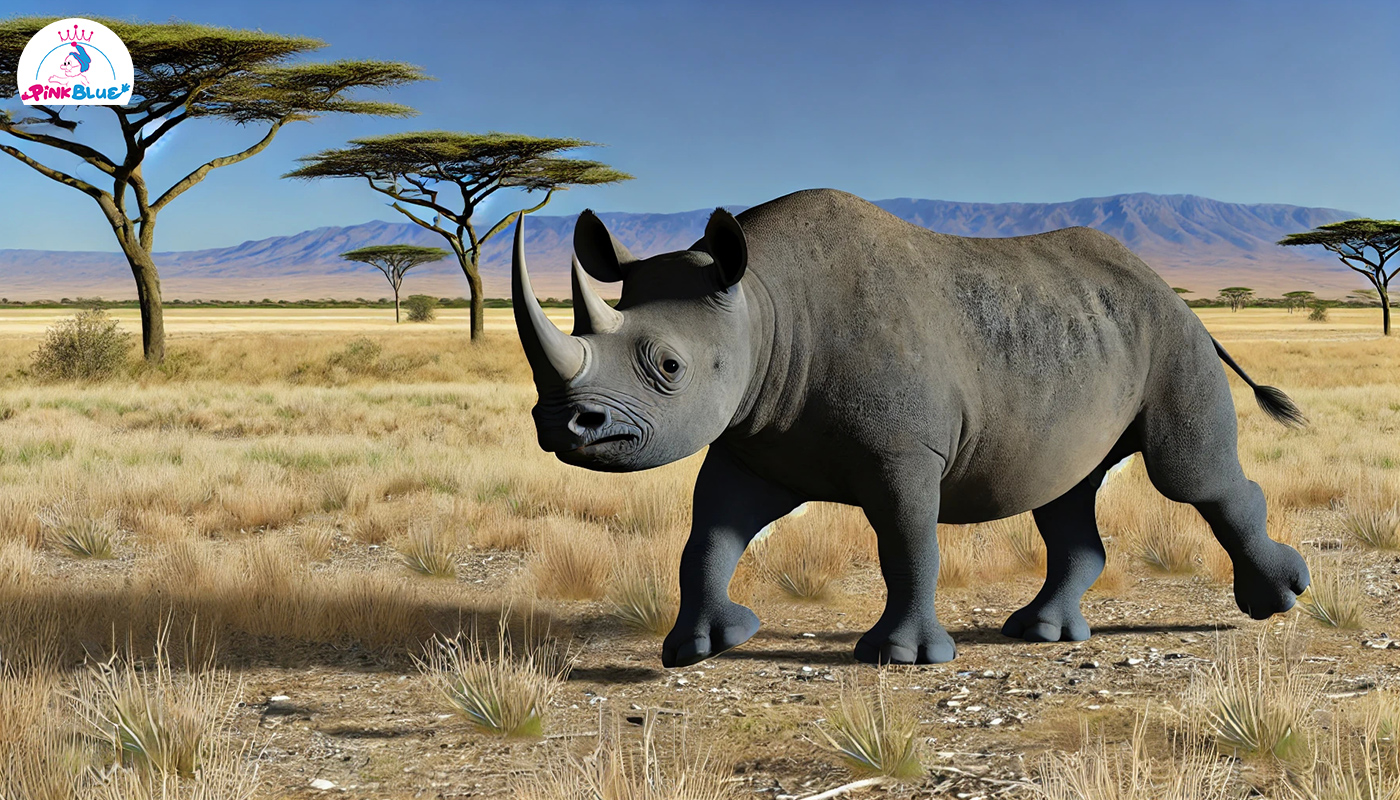
In eastern and southern Africa, there exists a severely endangered species of rhinoceros. Its horn is highly prized in the illicit wildlife trade, and poaching has devastated it despite its substantial size. Strict protection measures, anti-poaching patrols, and the relocation of rhinos to safer regions are all part of conservation efforts designed to increase rhino populations.
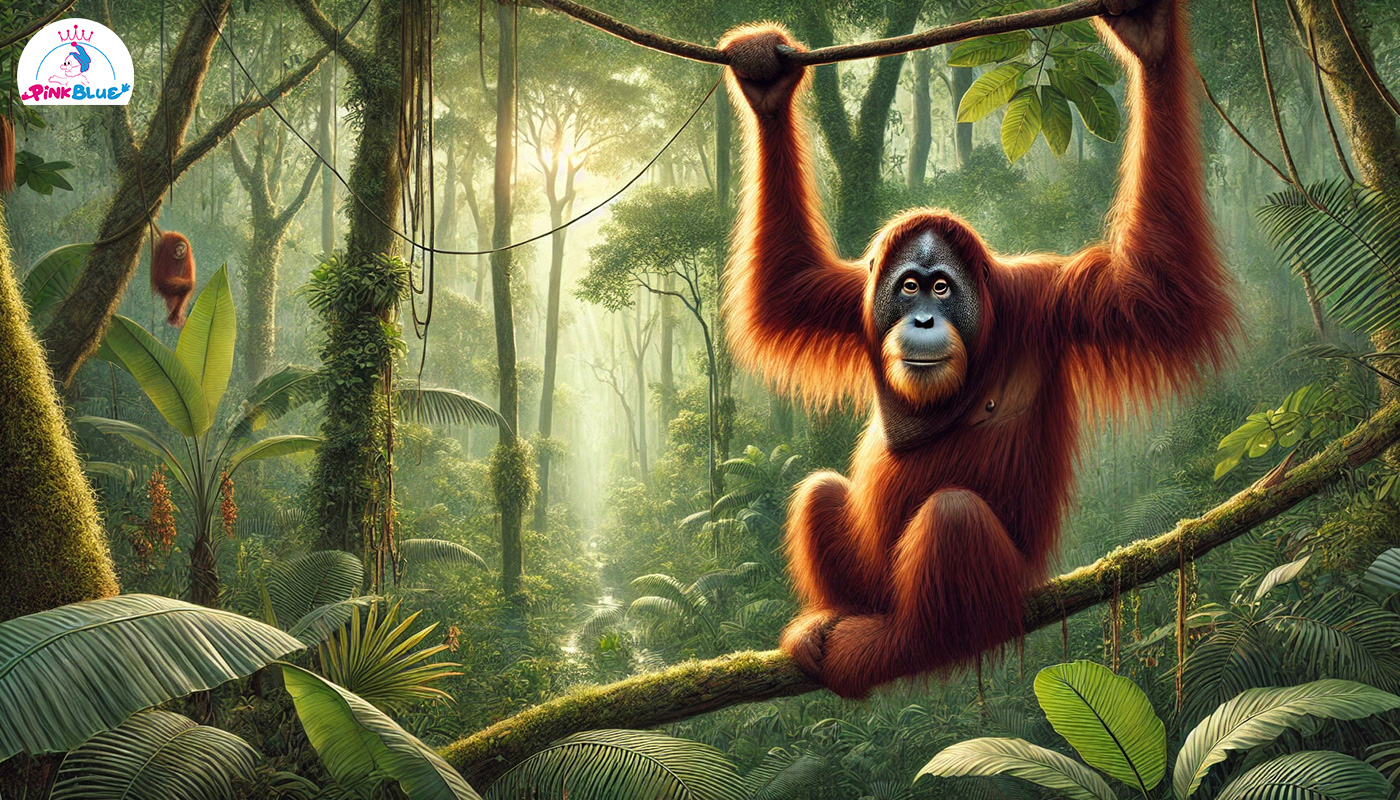
An enormous ape species indigenous to Indonesia's Sumatra island is the Sumatran orangutan. Due to illegal pet trafficking, the growth of palm oil plantations, and deforestation, it is critically endangered. Reforestation programs, habitat preservation, and orangutan rehabilitation facilities are examples of conservation endeavors.
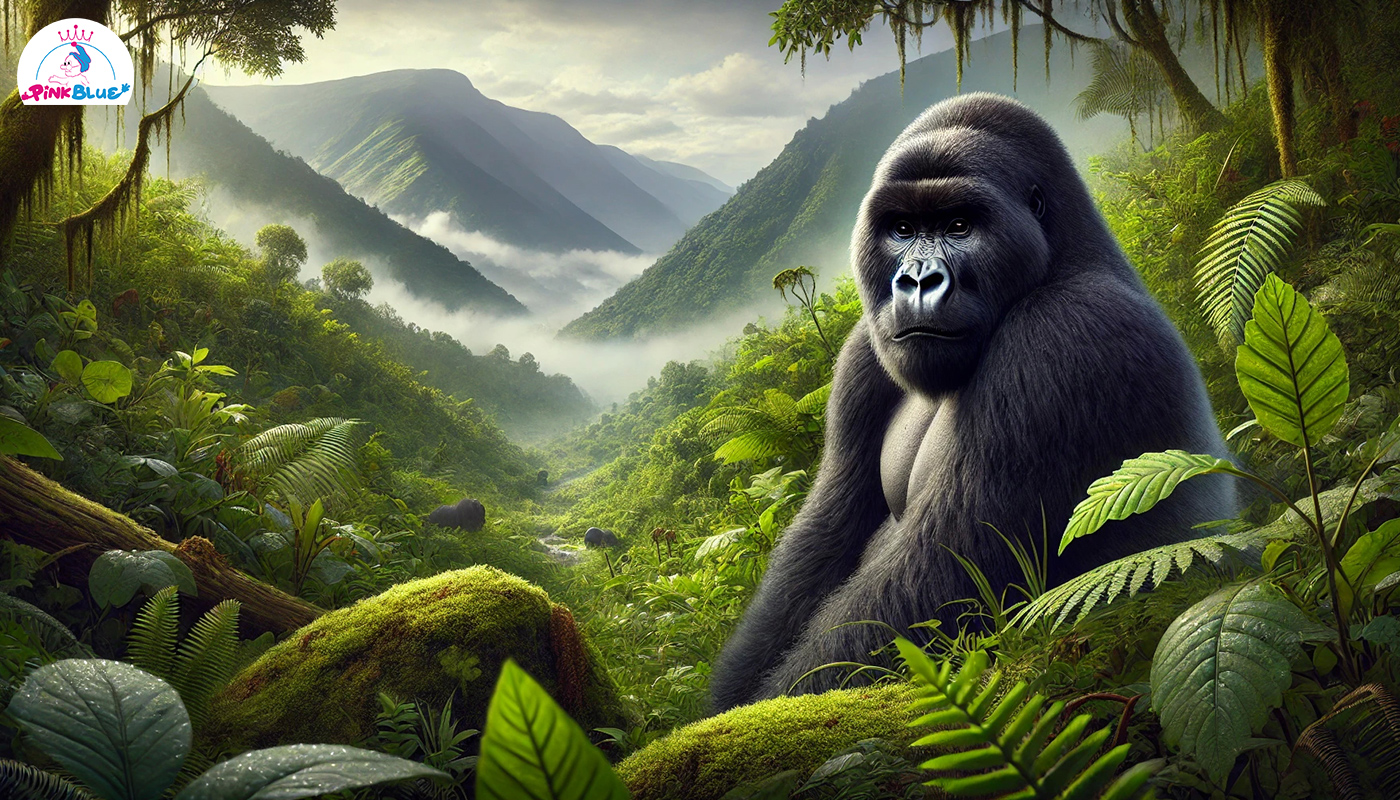
The Gorilla Mountains live in the Democratic Republic of the Congo, Rwanda, and Uganda's forested mountains in central Africa. They are considered endangered because of the threat posed by disease, habitat degradation, and poaching. Their population has gradually increased as a result of conservation measures, community involvement, and anti-poaching patrols.
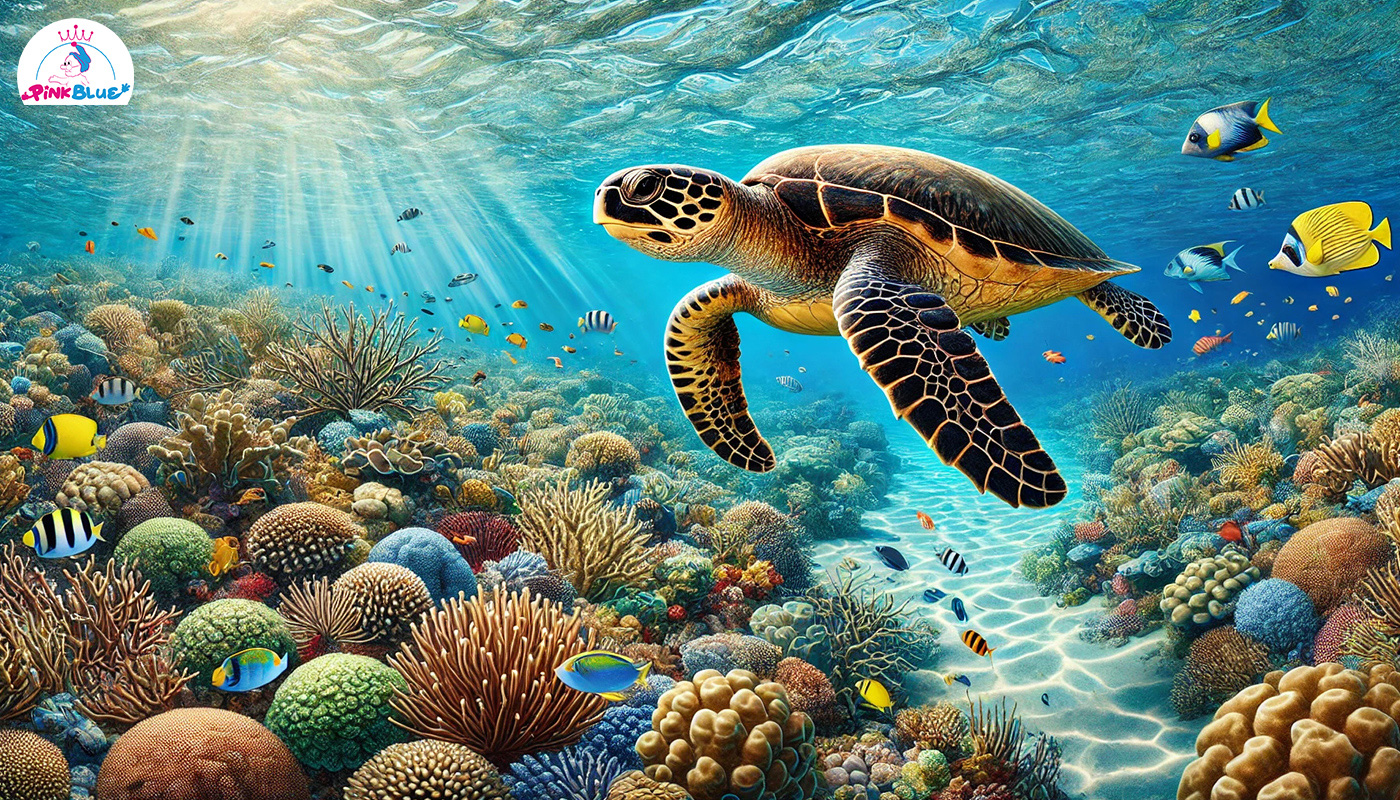
Sea turtles known as Hawksbills are located in tropical waters all around the world and are extremely endangered. It has been extensively used in the tortoiseshell trade, despite being well-known for its exquisitely patterned shell. The destruction of habitat, illicit hunting, and bycatch in fishing gear are the main risks. Enforcing wildlife trading restrictions and safeguarding nesting beaches are the main goals of conservation efforts.
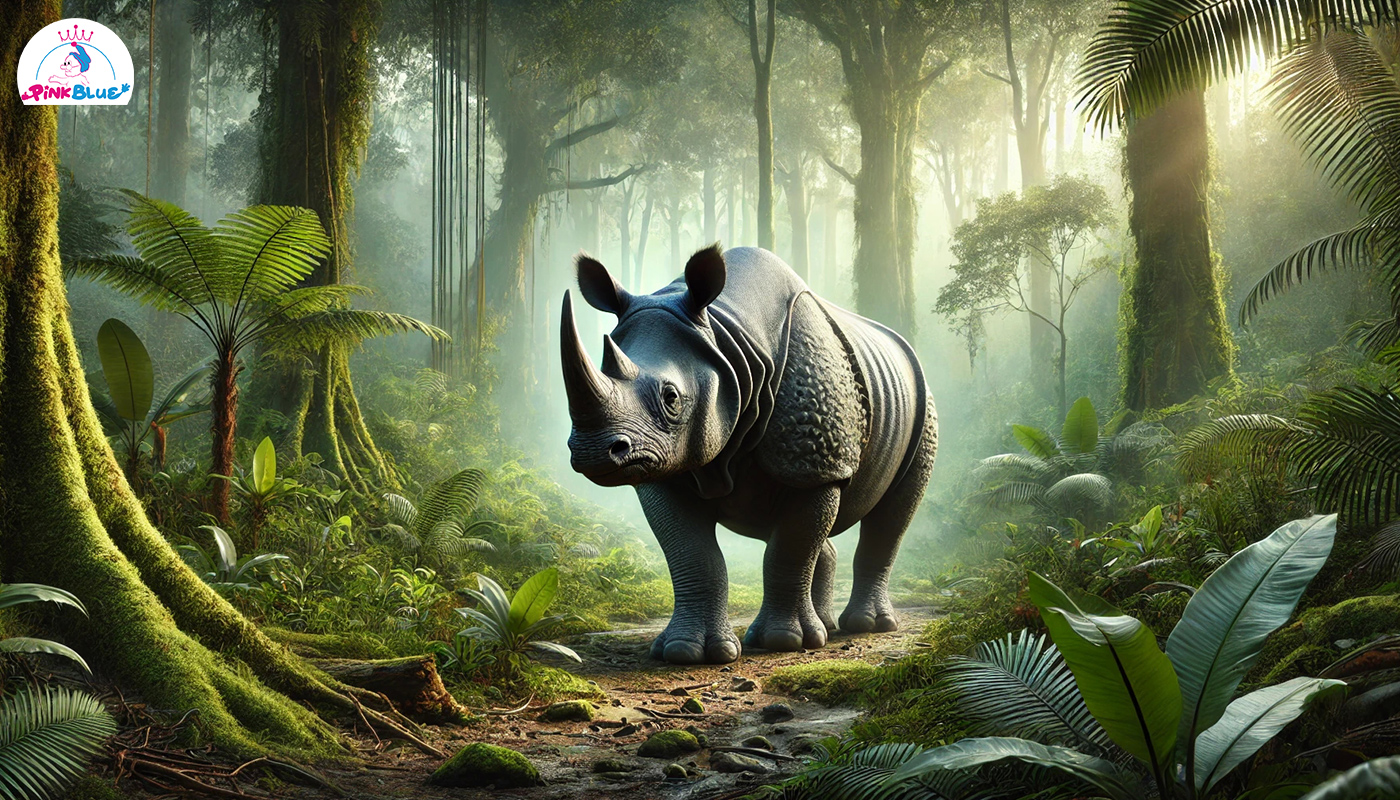
Less than 70 Javan rhinoceroses remain in the wild today, all of which are found in Indonesia's Ujung Kulon National Park, making them one of the world's rarest big mammals. This species is almost extinct due of habitat degradation and poaching. Its survival depends on both possible habitat expansion and strict preservation.
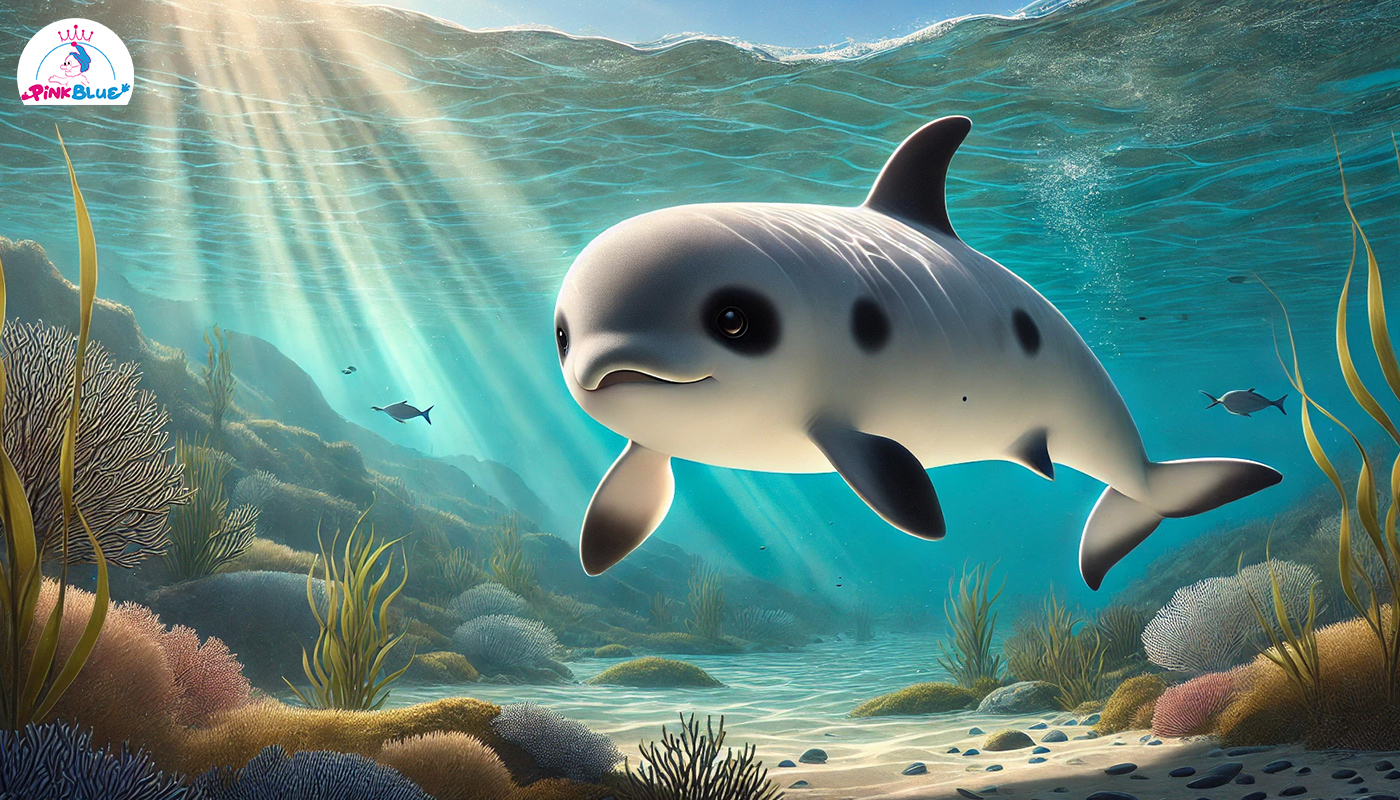
Originating from the northern Gulf of California in Mexico, the Vaquita is the tiniest and most vulnerable marine animal on the planet. Its estimated population of less than 20 individuals puts it in grave danger of becoming entangled in illicit fishing gillnets. Its impending extinction must be stopped by taking immediate conservation action.
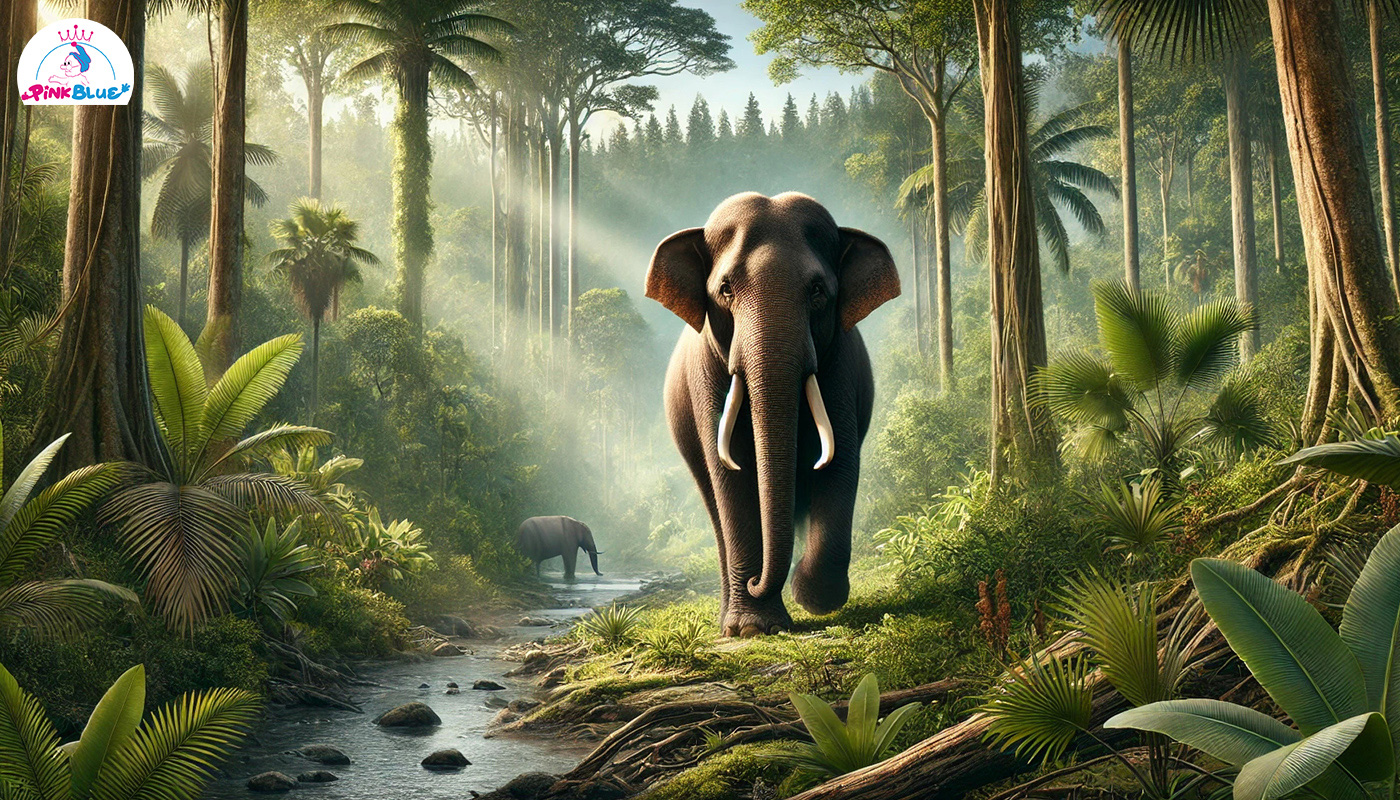
Only the Indonesian island of Sumatra is home to the Sumatran elephant, a subspecies of the Asian elephant. Conflicts between humans and elephants as well as habitat loss from deforestation pose serious challenges to it. Strategies for conservation include preserving habitat, establishing wildlife corridors, and reducing conflicts between elephants and nearby communities.

The high alpine regions of Central and South Asia are home to snow leopards. It is categorized as vulnerable because of risks from habitat fragmentation, prey loss, and poaching. Community-based conservation projects, anti-poaching campaigns, and ecological research are all part of conservation efforts.
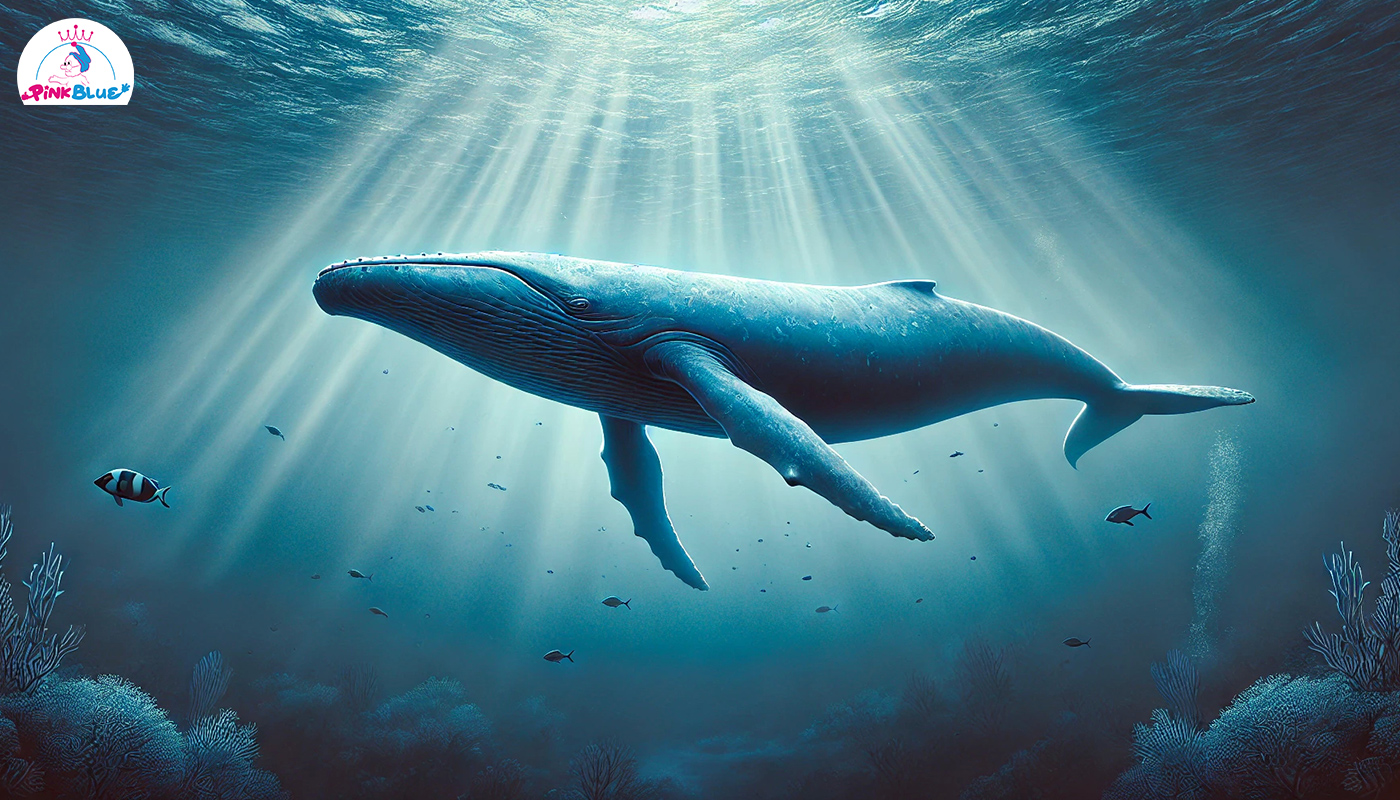
The largest animal ever discovered, the blue whale lives in oceans all over the world. Despite being protected internationally since 1966, it is nonetheless vulnerable after being driven almost extinct by commercial whaling. Ship strikes, becoming entangled in fishing gear, and the effects of climate change on its food source are some of the current dangers.